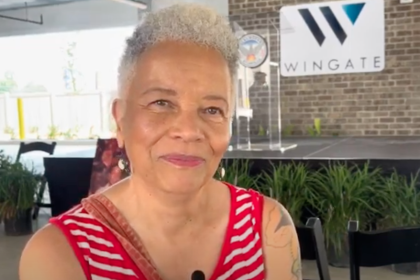With rising living expenses in major metropolitan areas, many Americans are seeking hidden, affordable cities that offer quality amenities without the hefty price tags. The search for affordable living has become increasingly crucial as traditional metropolitan areas continue to see cost increases across housing, healthcare, and daily expenses. These hidden gems provide opportunities for both financial freedom and high quality of life.
Why affordability matters in 2024
The cost of living crisis in major cities has reached new heights, with many residents spending over 50% of their income on housing alone. This financial strain has sparked a migration toward smaller, more affordable cities that offer similar amenities at a fraction of the cost. These alternative locations provide not just savings, but often a better quality of life with shorter commutes, stronger communities, and access to outdoor activities.
Top affordable cities and their advantages
1. Amarillo, Texas: Affordable living with big city perks
- Cost of living: 11-15% below national average
- Median home price: $287,763
- Average 2-bedroom rent: $962/month
- Healthcare costs: 12% below national average
- Key industries: Agriculture, energy, healthcare
- Standout features: Palo Duro Canyon, Cadillac Ranch
- Job market strength: Consistent growth in essential sectors
2. Greenville, South Carolina: A hub for savings and southern charm
- Cost of living: 8-10% below national average
- Median home price: $326,694
- Average 2-bedroom rent: $1,170/month
- Monthly utilities: $168
- Growing tech sector presence
- Cultural scene: Thriving arts community
- Natural beauty: Blue Ridge Mountains access
3. Fort Wayne, Indiana: Small-town feel with big savings
- Cost of living: 10-13% below national average
- Median home price: $196,900
- Average 2-bedroom rent: $960/month
- Low property tax rates
- Strong manufacturing sector
- Educational hub: Multiple universities
- Family-friendly attractions and events
4. Fayetteville, Arkansas: Affordable quality of life in the Ozarks
- Cost of living: 10% below national average
- Median home price: $332,200
- Average 2-bedroom rent: $950/month
- University town benefits
- Tech sector growth
- Outdoor recreation: Ozark Mountains
- Strong community focus
5. Knoxville, Tennessee: Riverfront living on a budget
- Cost of living: 13-24% below national average
- Median home price: $314,700
- Average 2-bedroom rent: $1,281/month
- No state income tax
- Revitalized downtown
- Great Smoky Mountains proximity
- Growing entrepreneurial scene
6. Des Moines, Iowa: Midwestern comfort with financial freedom
- Cost of living: 13-23% below national average
- Average 2-bedroom rent: $1,256/month
- Strong insurance and finance sectors
- Excellent public schools
- Thriving local food scene
- Short commute times
- Family-friendly community
Understanding the real savings
The cost advantages in these cities extend beyond basic living expenses:
Housing and Utilities:
- Housing costs 15-40% below national average
- Utility bills 10-20% lower than major cities
- Property taxes significantly reduced
- More space for the money
Daily Expenses:
- Groceries 5-15% below average
- Transportation costs reduced
- Healthcare savings up to 25%
- Entertainment costs more reasonable
Quality of life factors
These cities offer more than just financial benefits:
- Strong sense of community
- Shorter commute times
- Access to outdoor activities
- Quality educational systems
- Growing job markets
- Cultural amenities
- Family-friendly environments
- Lower stress levels
Making the move: Key considerations
Before relocating, evaluate:
- Job market opportunities
- Industry presence in your field
- Climate preferences
- Educational needs
- Healthcare access
- Tax implications
- Growth potential
- Cultural alignment
The future outlook
As remote work becomes more permanent, these cities are positioned for continued growth. Their combination of affordability and quality of life attracts diverse populations, from young professionals to retirees. The trend toward affordable living is expected to strengthen as people prioritize financial stability and work-life balance.
These hidden cities prove that affordable living doesn’t require sacrificing amenities or opportunities. Their lower costs, combined with strong job markets and cultural offerings, create attractive alternatives to expensive metropolitan areas. As traditional urban centers become increasingly costly, these cities offer a sustainable path to financial freedom and community connection.
This story was created using AI technology.

















